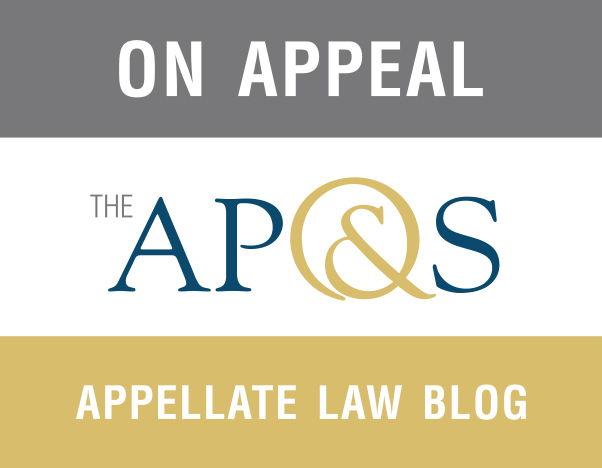In one of the first decisions issued this term, the Rhode Island Supreme Court confirmed in Wyso v. Full Moon Tide, LLC, No. 2012-195-Appeal; 2012-359-Appeal that neither property owners nor lessees of real property owe a duty of care to those who are injured on an abutting sidewalk.
In Wyso, the plaintiff, who was vacationing on Block Island, tripped and fell on a cracked and uneven section of a public sidewalk. Id. at 2. The sidewalk abutted property owned by Frederick and Deborah Howarth (the “Property Owners”) and leased to Full Moon Tide, LLC and Strings & Things, Inc. (“Lessees”). The plaintiff filed suit against the Property Owners and the Lessees, alleging that they negligently (1) failed to inspect, repair and/or maintain the sidewalk, which caused the plaintiff to fall and suffer injuries and (2) failed to warn the plaintiff of the sidewalk’s dangerous condition. Id. The Property Owners and the Lessees filed separate motions for summary judgment, which were both granted by the trial court.
On appeal, the Supreme Court affirmed the decision of the trial court. In so holding, in reliance on its 2010 decision in Berman v. Sitrin, 991 A.2d 1038, 1047 (R.I. 2010) (more commonly known as the Cliff Walk case) and its earlier decision in Saunders v. Howard Realty Co., 371 A.2d 274 (R.I. 1977), the Court noted that there is “a significant amount of our jurisprudence providing that a property owner owes no duty to individuals for the condition of public sidewalks when the property owner has taken no action to create a dangerous condition.” Id. at 5. In Berman, the Court had held that “[i]t is a well-established legal principle in this jurisdiction, as well as others, that a landowner whose property abuts a public way has no duty to repair or maintain it.” Id. (citing Berman, 991 A.2d at 1047).
Although it is ordinarily difficult to obtain summary judgment in a negligence case, the existence of a duty of care is a question of law to be determined by the court. Id. at 4. “In the absence of such a duty, ‘the trier of fact has nothing to consider and a motion for summary judgment must be granted.’” Id. (quoting Holley v. Argonaut Holdings, Inc., 698 A.2d 271, 274 (R.I. 2009)). Thus, because a property owner owes no duty of care to an individual who is injured on an abutting sidewalk, the Court concluded that summary judgment was proper on plaintiff’s failure to maintain and failure to warn claims. Id. at 4-5.
The Court also rejected the plaintiff’s argument that a duty of care arises from a municipal ordinance that requires landowners to maintain and repair abutting sidewalks. Id. at 6-7. In doing so, the Court concluded that the municipal ordinance was only intended to benefit the municipality and not individuals. Id. at 7.
The Supreme Court’s decision this term did not break new ground but it clearly confirmed that property owners will not be held liable for injuries sustained by individuals traversing abutting sidewalks absent evidence that the property owner caused the defective condition, regardless of any municipal ordinance that requires a landowner to keep abutting sidewalks in good order and repair.




